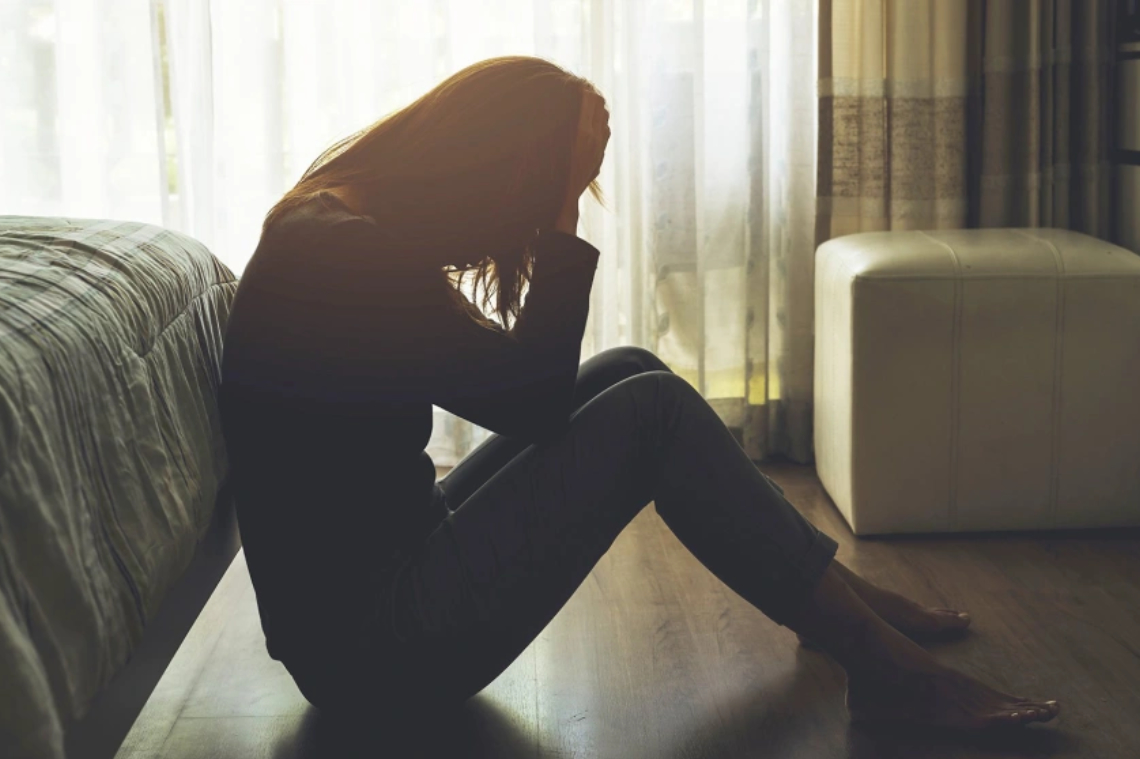Life is a rollercoaster of emotions, and two feelings many of us experience are sadness and depression. While they may seem similar at first glance, they have distinct characteristics that can significantly impact our lives. Understanding the difference between these two emotional states is crucial for our mental health.
Sadness often arises in response to specific events or situations. It’s a natural reaction—like when we lose a loved one or face disappointment. On the other hand, depression can feel like an endless fog that settles into every aspect of life, lingering long after the initial triggers fade away.
In this blog post, we’ll explore what sets sadness apart from depression, their causes and symptoms, coping strategies you can employ, and when it’s time to seek professional help. By understanding these distinctions better, we can navigate our emotional landscapes with more clarity and compassion towards ourselves and others. Let’s dive in!
The Differences between Sadness and Depression
Sadness is a natural response to life’s challenges. It often arises from specific events, like loss or disappointment. This feeling may linger but typically fades with time and support.
Depression, on the other hand, is more complex. It’s not just about feeling down; it can overshadow daily life for weeks or even months. Unlike sadness, depression can occur without any identifiable trigger.
Another key difference lies in functionality. People experiencing sadness might still engage with their loved ones and find joy in activities they once enjoyed. Those battling depression often struggle to connect and lose interest in hobbies that used to bring them happiness.
While both emotions share similarities, recognizing these differences is essential for understanding personal feelings and seeking appropriate help when needed.
Causes of Sadness and Depression
Sadness often surfaces due to specific events or situations. It could be the loss of a loved one, a breakup, or even disappointing news. These experiences trigger emotional responses that are perfectly normal.
Depression, however, runs deeper and can arise from various factors. Genetics play a significant role; if someone in your family has struggled with depression, you might be more susceptible to it.
Environmental influences also come into play. Chronic stressors like financial issues or job-related pressures can lead to prolonged feelings of sadness that may evolve into depression.
Hormonal changes influence mood swings too. Fluctuations during puberty, pregnancy, or menopause can contribute to depressive feelings for some individuals.
Moreover, brain chemistry affects how we feel emotions. Imbalances in neurotransmitters such as serotonin and dopamine frequently underlie depressive disorders but not necessarily transient sadness. Understanding these causes is vital for managing our mental health effectively.
Symptoms of Sadness vs Symptoms of Depression
Sadness and depression can often feel similar, but their symptoms reveal important distinctions. Sadness typically arises in response to specific events. It’s a natural reaction to loss or disappointment.
Physical manifestations of sadness might include tearfulness or a fleeting sense of helplessness. These feelings usually decrease over time as circumstances improve.
Depression, on the other hand, extends beyond temporary emotions. It involves persistent feelings of worthlessness and hopelessness that last for weeks or months. Individuals may find it difficult to experience joy in activities they once loved.
Sleep disturbances are common with depression, as well as changes in appetite and energy levels. While sadness is often situational, depression can disrupt daily life significantly.
Recognizing these differences is critical for understanding one’s emotional state and determining appropriate responses.
Coping Strategies for Sadness and Depression
Coping with sadness and depression involves a variety of strategies tailored to individual needs. One effective method is establishing a routine. Having structure can bring stability during turbulent times.
Physical activity plays a vital role too. Engaging in regular exercise releases endorphins, which help elevate mood naturally. Even a short walk outside can make a difference.
Mindfulness practices such as meditation or yoga encourage living in the moment, reducing stress and anxiety levels significantly.
Creative outlets like journaling or painting provide an opportunity for self-expression and emotional release.
It’s important to connect with others in order to foster understanding and support. This can involve talking to friends or family.
Ensuring adequate sleep and nutrition is crucial for mental well-being, forming the foundation of resilience against feelings of sadness or depression.
Seeking Professional Help for Depression
Seeking professional help for depression can be a vital step toward healing. Many people hesitate to reach out, often feeling uncertain about what to expect. It’s important to recognize that asking for support is a sign of strength.
Therapists and counselors have the skills needed to guide you through your feelings and challenges. They create safe spaces where you can express yourself without judgment.
Medication may also be an option worth exploring. A psychiatrist can evaluate your situation and recommend treatments tailored specifically for you.
Support groups provide another layer of encouragement. Connecting with others who share similar experiences fosters understanding and reduces feelings of isolation.
Remember, taking the first step might feel daunting, but it opens doors to new pathways in managing your mental health effectively. Your journey towards wellness deserves attention and care from professionals dedicated to helping you thrive.
Conclusion
Understanding the nuances between sadness and depression is essential for our mental well-being. While sadness is a natural response to life’s challenges, depression can be more pervasive and debilitating. Recognizing these differences helps us respond appropriately to our feelings.
Managing sadness often involves simple coping strategies like talking to friends, engaging in hobbies, or practicing mindfulness. On the other hand, addressing depression may require professional intervention and support. Knowing when to seek help is crucial, it’s a sign of strength rather than weakness.
By fostering awareness about both emotions within ourselves and others, we create an environment that encourages open conversations about mental health. This understanding allows us not only to navigate our own emotional landscapes but also provides support for those around us who might be struggling. Embracing this knowledge empowers individuals to take charge of their mental health journey with compassion and resilience.





